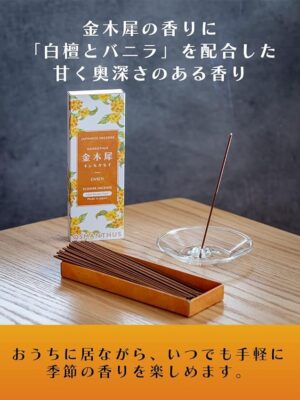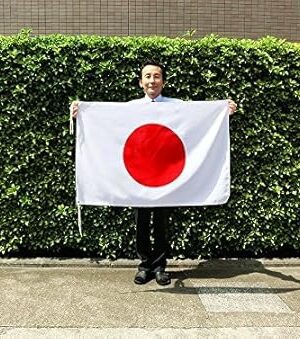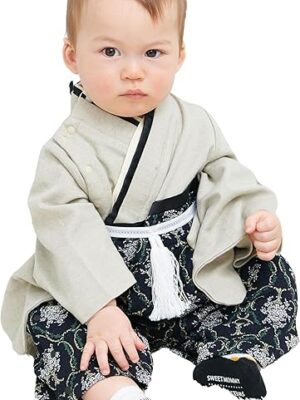Hama-rikyu gardens was built on the tidal flats of early Edo period Tokyo to serve as the falconing hunting ground of the Shoguns.
Share this Post
Information for Hama-rikyu gardens
-
Address:
1-1 Hama-rikyu Teien, Chuo-ku
-
Contact:
03-3541-0200
-
Open hours:
9am – 5pm (entry until 4:30pm)
-
Closed:
Dec. 29 – Jan. 1
-
Entrance fee:
General ¥300, 65 and older ¥150 (No charge for children aged 12 or under, and junior high school students living or attendng school in Tokyo) Annual pass ¥1,200 (65 or older ¥600)
Flower Calendar for Hama-rikyu gardens
- Jan. : Wintersweet
- Feb. – Mar. : Japanese apricot blossoms, Narcissus
- Mar. – Apr. : Rape blossoms, White magnolia, Someiyoshino cherry blossoms
- Apr. : Ornamental peach blossoms, Yae-zakura cherry blossoms, Wiseria
- May – June : Satsuki azalea
- June : Japanese iris
- June – July : Hydrangea
- Jul. – Sep. : Chinese trumpet vine
- Jul. – Aug. : Crape myrtle
- Aug. : Sulfur cosmos
- Aug. – Sep : Cotton rosemallow
- Sep. : Red spider lily
- Sep. – Oct. : Cosmos
- Nov. : Japanese wax tree (red leaves)
- Nov. – Dec. : Maple (red leaves), Trident maple (red leaves)
- Nov. – Feb. : Yukitsuri and Fuyugakoi (Winter plant protections)
Table of Contents
Hama-rikyu Gardens History
This is the family garden of the Tokugawa Shoguns which functioned as an outer fort or Edo castle that retains a tidal pond of seawater drawn from Tokyo bay called shioiri-no-ike and 2 duck hunting grounds. In 1654, the fourth shogun Ietsuna’s younger brother Matsudaira Tsunashige reclaimed land from the sea and built his detached residence called Kofu Hama-yashiki on hawking sites of teh shogun’s family. With Tsunashige’s son Tsunatoyo (later Ienobu) became the sixth shogun, the mansion became the property of the shogun’s family. The name was then changed to Hama palace. Ater the Meiji Restoration, the garden became a Detached Palace of the Imperial Family, changing its name to Hama-rikyu. The Imperial Family gave the garden to the City of Tokyo in November 1945, and after restoration work, it has been thrown open to the public since April, 1946 as Hama-rikyu Garens. Later, the garden was designated as a Special Place of Scenic Beauty and Special Historic Site of the country.Features and Sights to See at Hama-rikyu Gardens
Shioiri-no-ike
The pond draws in seawater and Hama-rikyu gardens appearance is changed by the ebb and flow of the tide. The pond is the only remaining seawater pond from the Edo era witin Tokyo. Lock gates are opened and clsed accorrding to the rise and fall of the water level in Tokyo Bay, thus adjusting the flow of water in and out of the pond. Salt water fish such as black seabream, goby and eel inhabit the pond.300-year pine
This pine was planted more than 300 years ago to commemorate the great renovation made to the garden by the 6th shogun Ienobu. The thick branches spread out low, still keeping a proud imposing view.Ochayas
The teahouses were built during the rule o the 11th shogun Ienari, and ater being destroyed in bombing during World War II, Matsu-no-ochaya was restored in 2011 followed by Tsubame-no-ochaya in 2015 and Taka-no-ochaya in 2018. By construction faithful o the historical sources, landscape redolent of bygone days has been recreated. You can enjoy a powdered green tea and Japanese confectionary set (extra charge) at Nakaima-no-ochaya.|
|
|
|


![[商品価格に関しましては、リンクが作成された時点と現時点で情報が変更されている場合がございます。] [商品価格に関しましては、リンクが作成された時点と現時点で情報が変更されている場合がございます。]](https://hbb.afl.rakuten.co.jp/hgb/17fc7800.d26d61a1.17fc7801.606d0dbf/?me_id=1213310&item_id=19469218&pc=https%3A%2F%2Fthumbnail.image.rakuten.co.jp%2F%400_mall%2Fbook%2Fcabinet%2F5726%2F9784794605726.jpg%3F_ex%3D128x128&s=128x128&t=picttext)
![[商品価格に関しましては、リンクが作成された時点と現時点で情報が変更されている場合がございます。] [商品価格に関しましては、リンクが作成された時点と現時点で情報が変更されている場合がございます。]](https://hbb.afl.rakuten.co.jp/hgb/17fc7800.d26d61a1.17fc7801.606d0dbf/?me_id=1213310&item_id=11919101&pc=https%3A%2F%2Fthumbnail.image.rakuten.co.jp%2F%400_mall%2Fbook%2Fcabinet%2F8838%2F88380573.jpg%3F_ex%3D128x128&s=128x128&t=picttext)








